Heatstroke: First Aid and Prevention Guide
Heatstroke is a life-threatening condition caused by severe overheating. It happens when your body cannot cool itself fast enough, so core temperature climbs above about 104°F (40°C). This extreme heat load can quickly harm the brain, heart, kidneys, and other organs. Heatstroke is a medical emergency – without prompt cooling and care, it can cause permanent damage or even death. In hot weather, especially during a heat wave, anyone can get overheated. It’s important to recognize the danger and be ready to act.
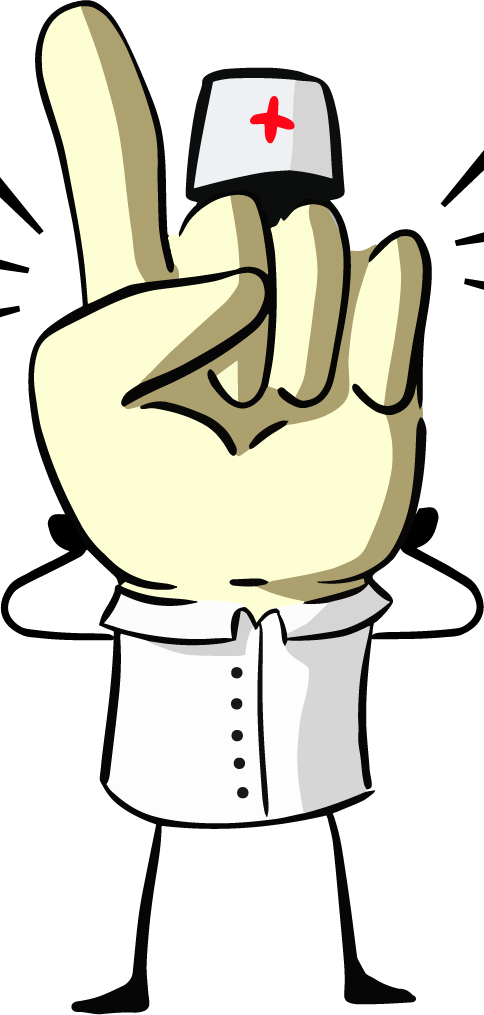
Warning Signs and Symptoms
Watch for these key warning signs of heatstroke:
-
Very high body temperature. Core temperature often reaches 104°F or higher.
-
Altered mental status. Confusion, agitation, slurred speech or irritability.
-
Hot, flushed skin. Skin may feel hot and dry (classic heatstroke) or extremely sweaty (exertional heatstroke).
-
Headache, dizziness or nausea. The person may complain of a pounding headache, feel dizzy or vomit.
-
Rapid pulse or breathing. Heat puts extra strain on the heart and lungs, so pulse and breathing often speed up.
-
Seizures or loss of consciousness. In severe cases, the person may pass out or have convulsions.
If you see someone with multiple heatstroke symptoms – especially very high fever + confusion + hot skin – treat it as an emergency. Don’t wait to see if it improves.
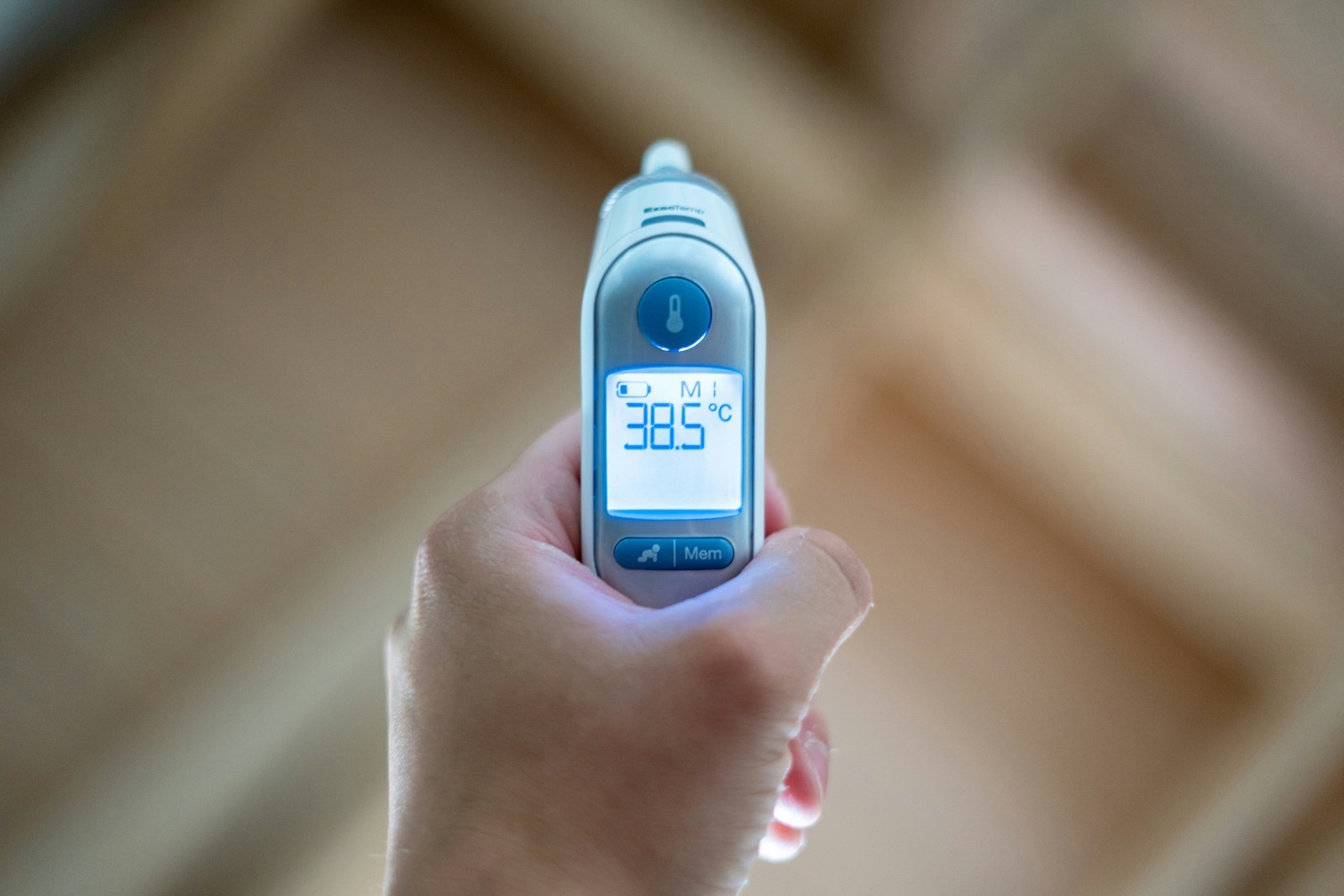
First Aid: What to Do Immediately
Heatstroke requires fast, decisive action. If you suspect heatstroke:
Call Emergency Services. Dial 911 (or your local emergency number) right away. Heatstroke is a severe medical emergency Tell them the person has heatstroke and stay on the line as instructed.
-
Move to a cooler place. Get the person out of the heat – into shade, an air-conditioned room, or at least indoors. Lay them down on their back and elevate the feet slightly if possible.
-
Remove excess clothing. Strip off outer layers or tight clothing to expose skin and speed cooling. Loosen belts or shoes.
-
Cool the person immediately. Use any cooling method available: spray or sponge with cool (not ice-cold) water, fan air over their skin, or apply ice packs to neck, armpits and groin. If safe, immerse them in a bath of cool water or wrap them in cold, wet sheet. The goal is to bring body temperature down quickly.
-
Circulate air. Use a fan or breeze to speed evaporation, but only if the air is cooler than body temperature. (In extreme heat, a fan alone can actually make a heatstroke worse.)
-
Stay with them. Never leave a heatstroke victim alone. Keep monitoring breathing and consciousness. If you’re trained, keep checking vital signs until help arrivesosha.gov.
Keep cooling efforts going continuously until emergency personnel arrive. If the person vomits or starts losing consciousness, turn them on their side to keep the airway clear.
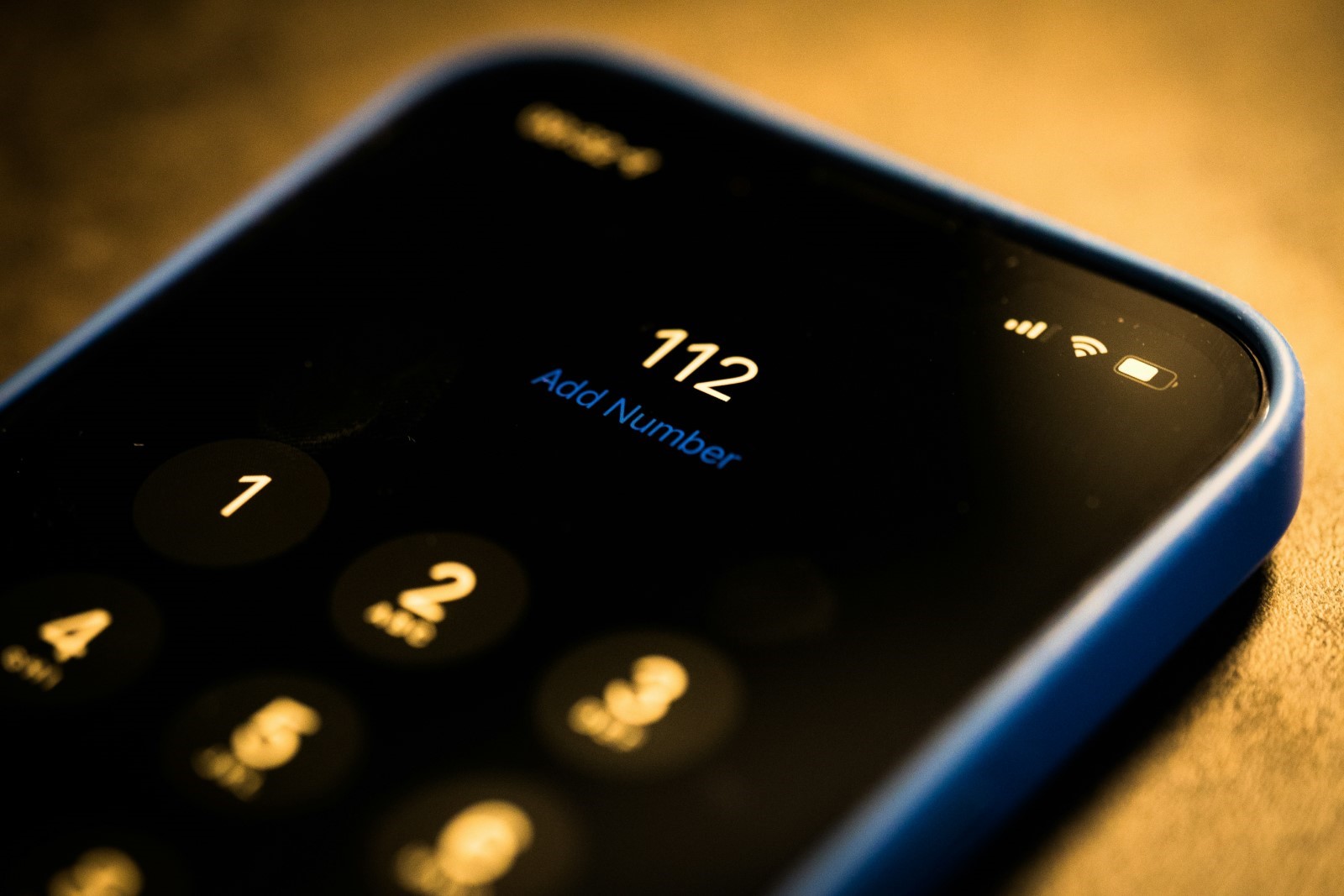
What Not to Do
When someone has heatstroke, avoid these common mistakes:
-
Don’t ignore it. Don’t assume they’ll just “sweat it out” – heatstroke can kill if treatment is delayed. If symptoms look serious, call 911 immediately.
-
Don’t leave them alone. Stay with the person until help comesosha.gov. Heatstroke can worsen quickly, so continuous care is crucial.
-
Don’t give alcohol or caffeine. These can dehydrate the person more. In fact, do not force the victim to drink any fluids – particularly not if they are confused or vomiting. (They could choke.) Wait for medical professionals.
-
Myth: Don’t rely on a fan if it’s very hot. Fans may not help if the ambient temperature is extremely high. A fan can even make things worse by blowing hot air – so focus on real cooling methods (water, shade, ice).
-
Don’t delay calling for help. Even if you start cooling them, don’t skip the ambulance. Always treat heatstroke as an emergency.
In short, do act quickly but carefully. Focus on cooling the person – and never wait until it’s too late.

Prevention Tips for Summer
Stay ahead of the heat with these summertime safety tips. For everyone, follow the basics:
-
Stay hydrated. Drink water often, especially when it’s hotcdc.govosha.gov. Carry a water bottle and sip regularly – don’t wait to feel thirsty. Avoid alcohol, heavy caffeine or sugary drinks, as they can dehydrate you.
-
Dress for the heat. Wear loose-fitting, lightweight, light-colored clothing. Use a wide-brimmed hat and sunglasses. Apply broad-spectrum sunscreen (SPF 30+) to prevent sunburn, which impairs your skin’s ability to cool.
-
Seek shade and cool air. When outdoors, take breaks under shade or in air-conditioned spots. If possible, schedule outdoor activities for early morning or evening hours when it’s cooler.
-
Rest often. On very hot days, slow down your activity. Take frequent breaks. If working outdoors, follow the “Water, Rest, Shade” rule: drink often, take planned breaks, and recover out of the sunosha.govosha.gov.
And be especially careful with these high-risk groups:
-
Kids and infants. Never leave children or babies in a parked car – even with the windows cracked open. Inside a hot car, temperatures can soar 20°F or more in 10 minutes. Dress children in loose, lightweight clothing and give them water frequently. When playing outside, make sure they have shade and rest breaks.
-
Older adults. People over 65 adjust to heat more slowly. Keep elderly relatives cool and hydrated: stay in air-conditioned buildings as much as possible. Remind them to drink extra water – even if they don’t feel thirsty. Encourage light meals (cooking can heat up the house) and check on them at least twice a day during heat waves.
-
Outdoor workers & exercisers. If you work or exercise in the heat, acclimate slowly. Take it easy the first few days in the sun. Bring a water bottle and drink at least a cup every 20 minutes during heavy workosha.gov. Use electrolyte drinks for long shiftsosha.gov. Build plenty of rest breaks into your schedule, ideally in shaded or cool area.
By following these tips – and watching out for others – you can beat the heat safely.
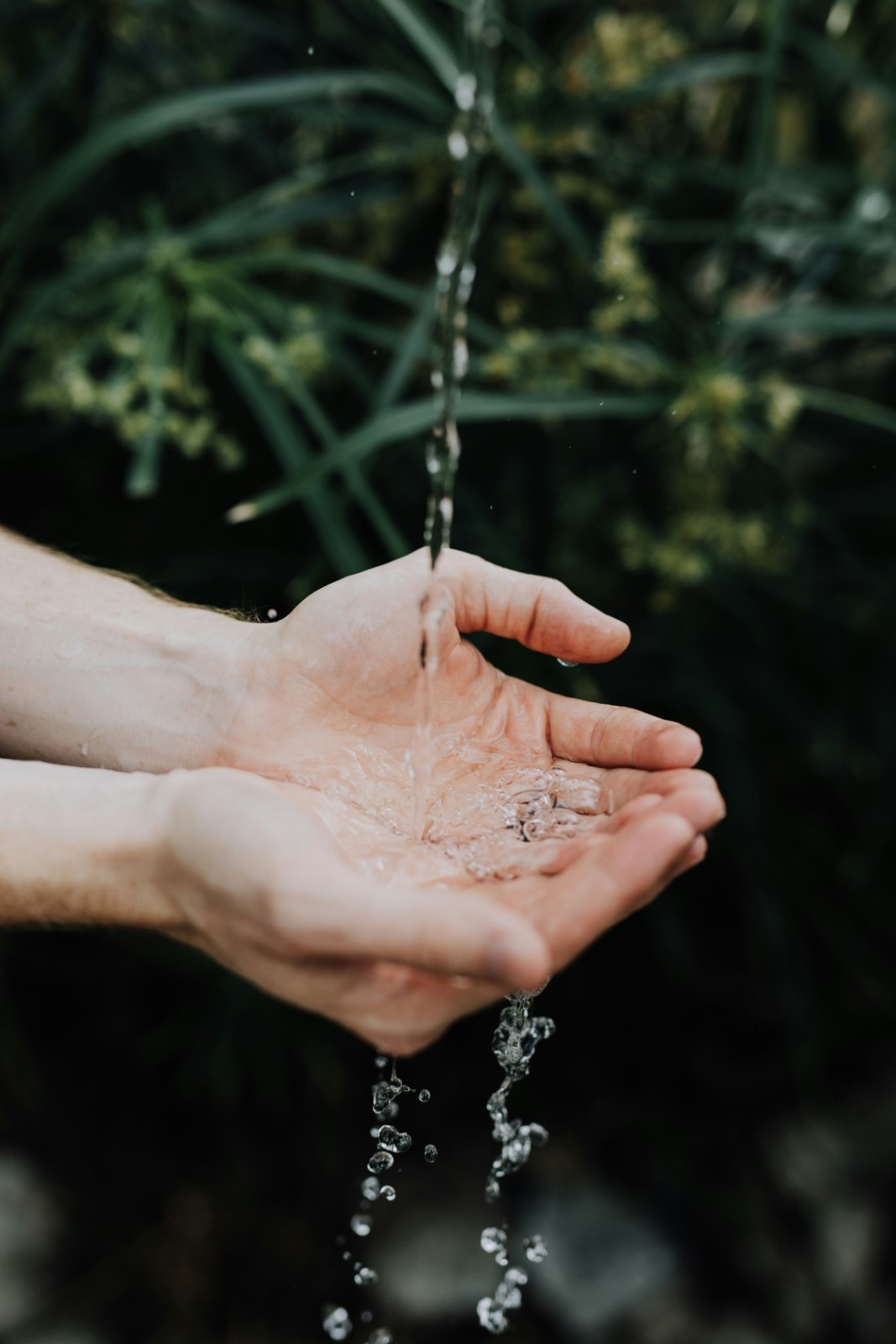
Stay Cool and Prepared
Knowing how to cool off fast can make all the difference. A quick response can save a life, and most people recover well if treated right away. Remember: stay informed and share what you’ve learned! Helping friends and family learn these tips can turn your community into a Heat-Smart Squad. Stay cool, stay safe, and let’s make this summer a healthy one for everyone!

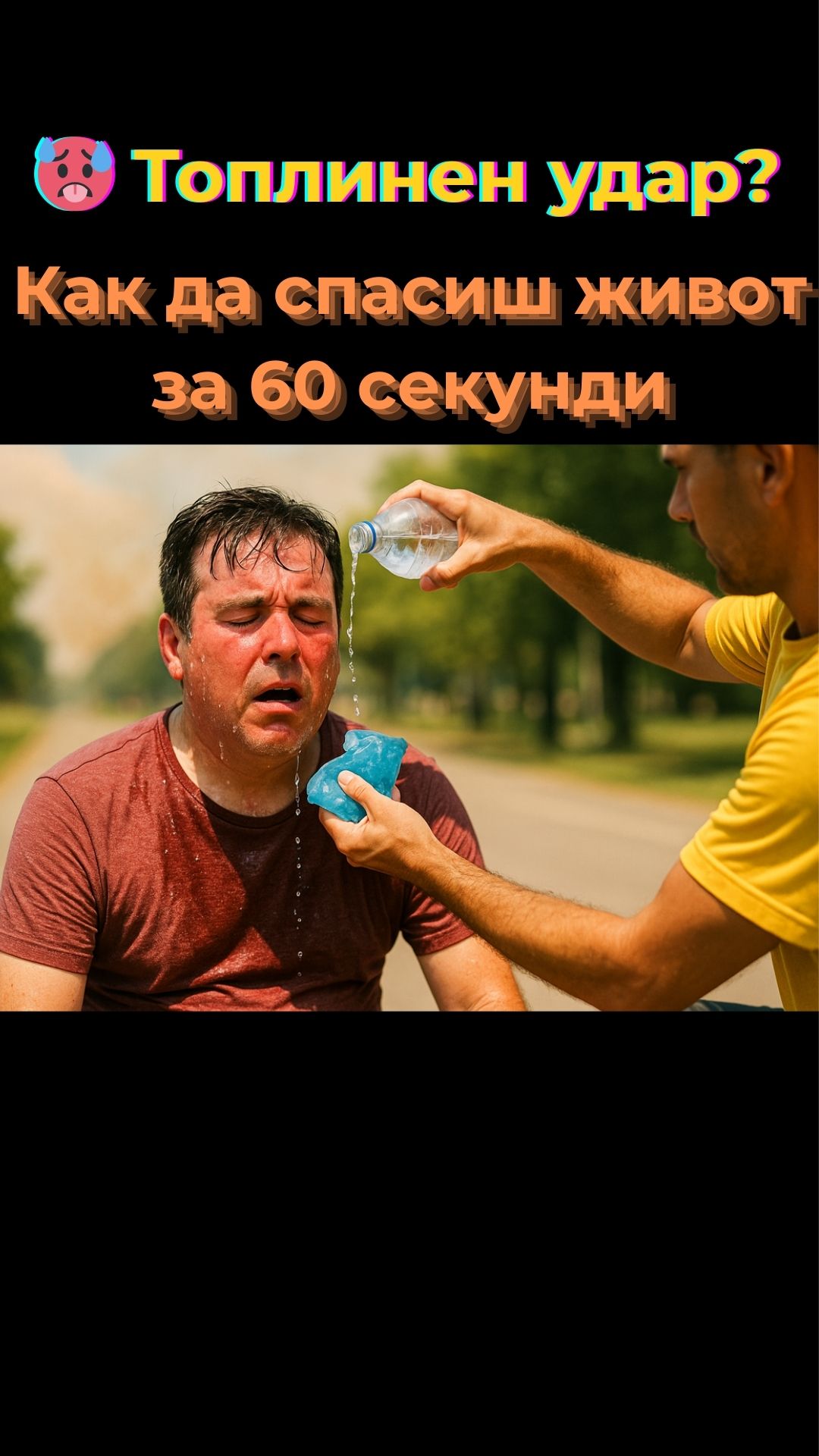
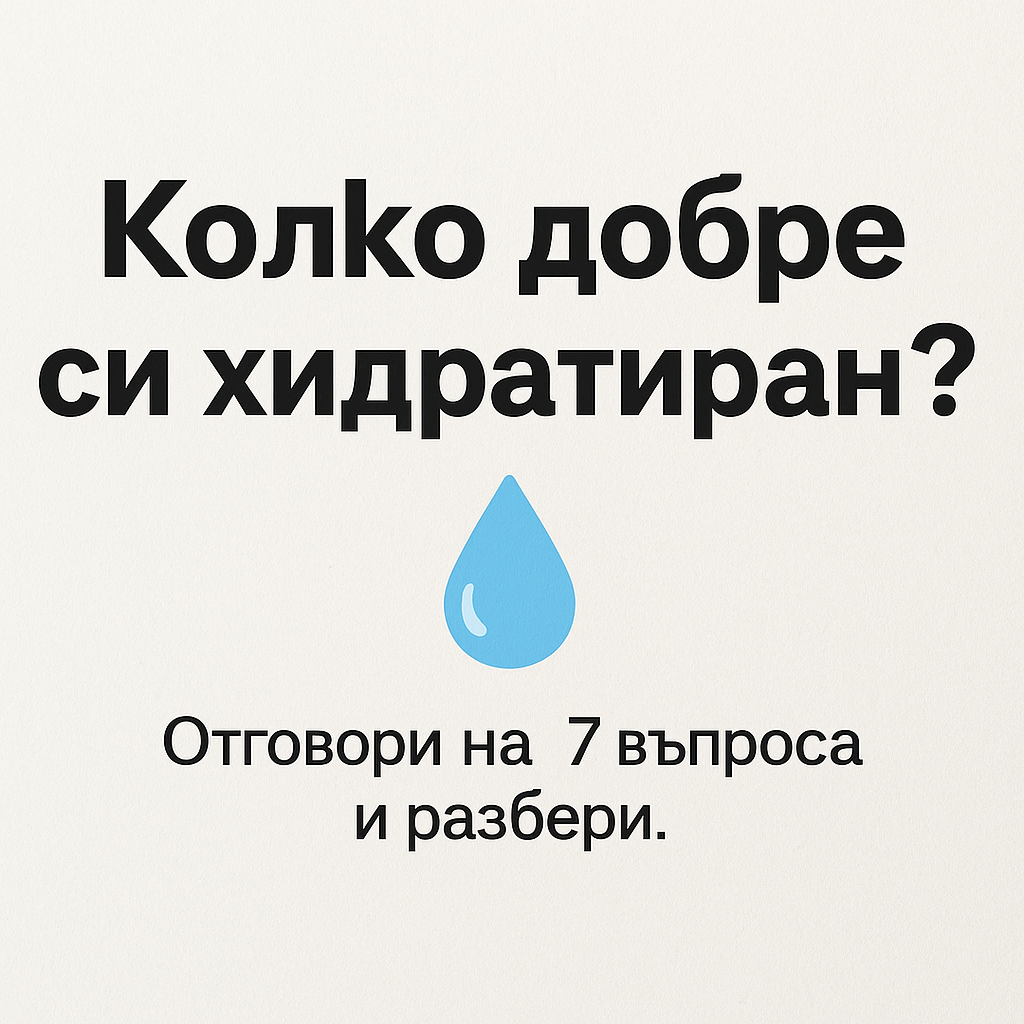

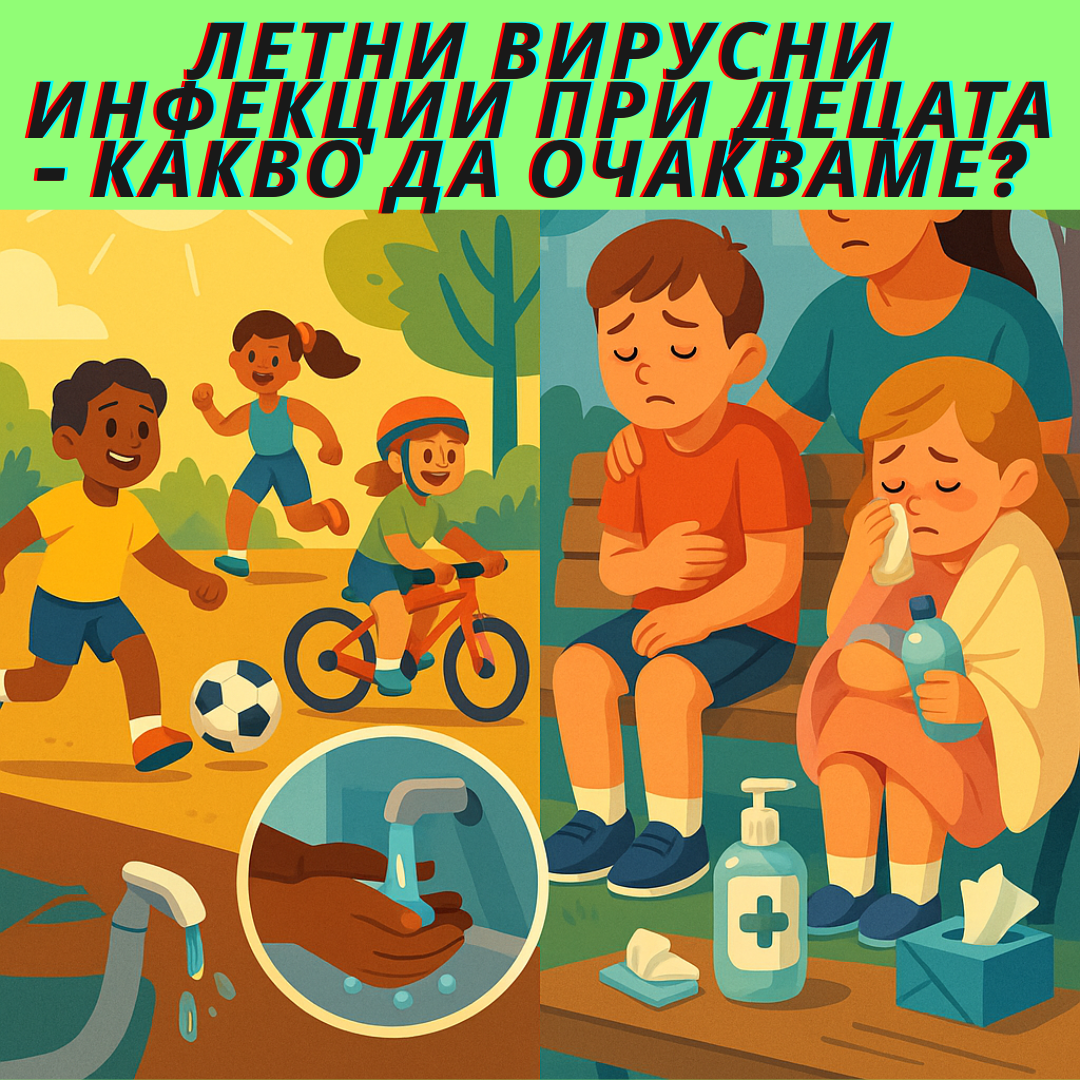
Comments